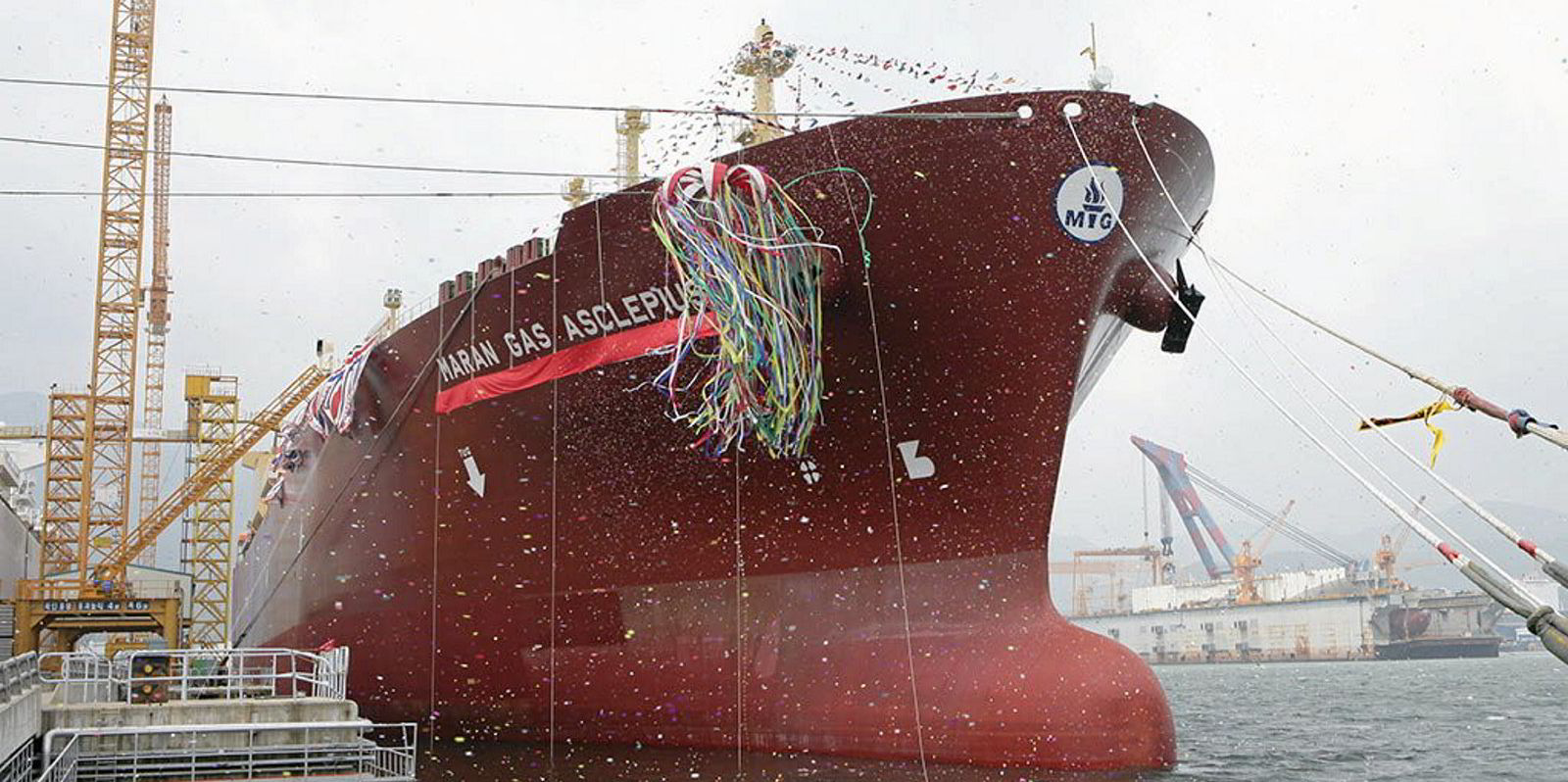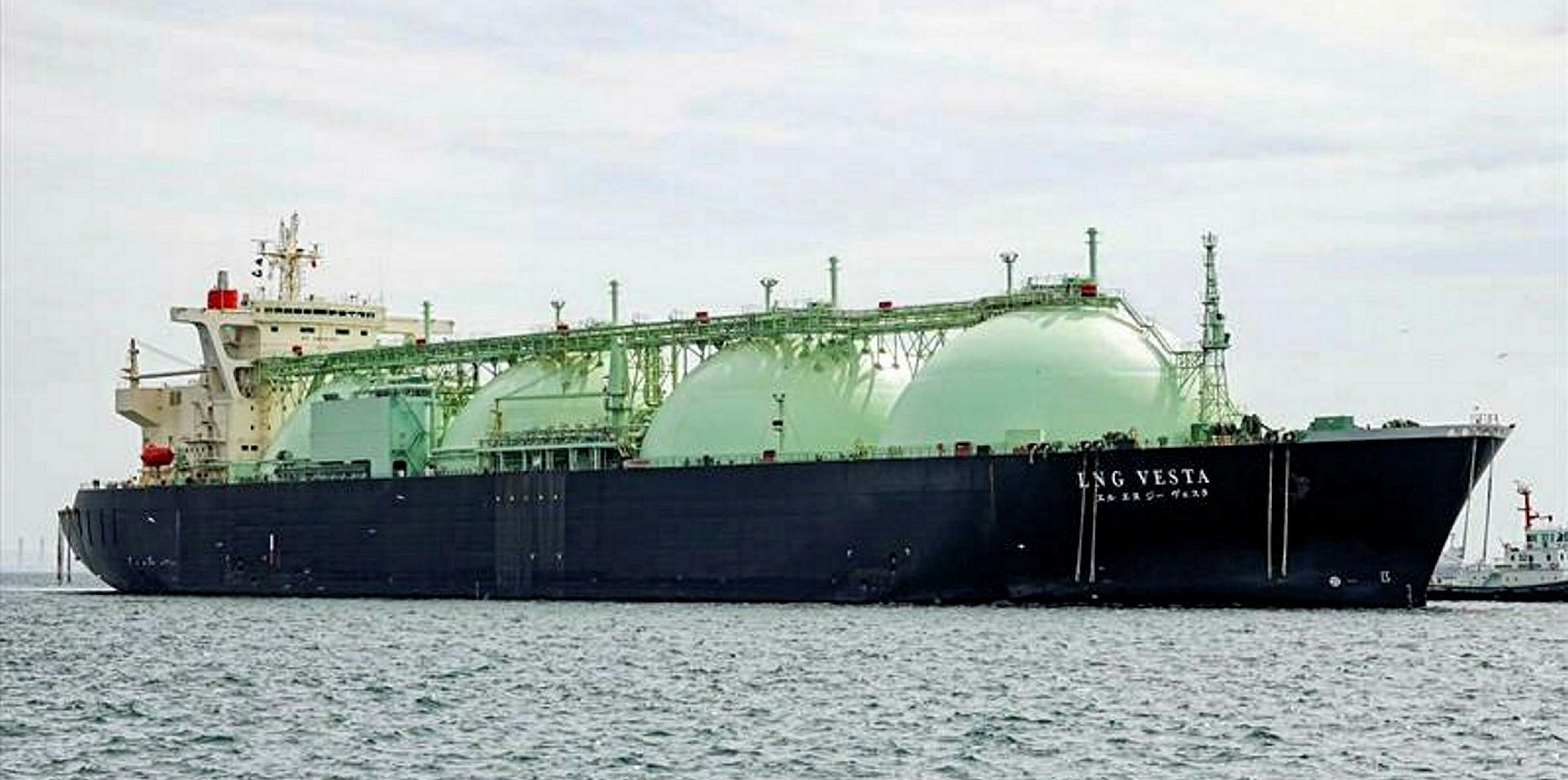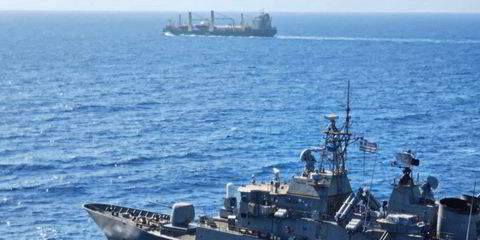Shipowners with modern LNG steam turbine vessels will continue to see demand for them in the market but the smaller and older vessels will need to be phased out, speakers on a shipping panel said Friday.
Speaking at dmg: events' World LNG & Gas Virtual Summit GasLog head of commercial Jasper Heikens said that while modern X-DF and ME-GI vessels are more fuel efficient there is “absolutely a place for steam ships in the LNG shipping market.”
He said that of the 521 large size LNG carriers currently on the water over 200 or around 38% of the fleet these are steam turbine vessels.
Heikens, who highlighted that GasLog has this year done a couple of deals on its steamships, said there is a real grading within the steam fleet both on factors like size and boil-off rates.

He said the market is fragmenting and there are projects needing smaller vessels or those with lower capex.
“We feel comfortable with our ships and where the market is,” he said. “You need to be smarter in how you employ them and find the right customer and then it will work.”
Skyrocket
In a session moderated by Howe Robinson Partners senior broker Debbie Turner, Maran Gas Maritime commercial director Mark Terzopoulos partly agreed.
Terzopoulos said if all the steamships were taken out in the next two years the market would “skyrocket” which would not be good for business.

He said 145,000-cbm vessels offer a good parcel size, particularly for some of the Asian trades. “Their life is not over.”
But he added: “The older tonnage which is over 30 years those vessels do need to go.”
He said while these vessels might be cheap to operate they are very inefficient which has to be factored in when considering greenhouse gas emissions. “You can’t have it both ways.”
Mitsui OSK Lines LNG division director for Europe and Africa Gunaseharan Ganapathy described Heikens views as "fairly optimistic".
Headwinds
Speaking about the smaller-sized steam vessels he said: “We are seeing headwinds.”
He highlighted opportunities from some new Chinese players that are looking at using these vessels for delivering small volumes or undertaking ship-to-ship transfer business. But he said these are few and far between.
“We also have the intention to cascade these ships as they are coming off their charters into these alternative businesses. He said these are mainly floating storage units and floating storage and regasification units with MOL extending this into power generation.
But he said the alternative market for these ships is only offering limited opportunity and MOL is also looking considering how to move out of some of these ships and get them off the company’s books.

“I think the window of opportunity is actually shrinking.”
The MOL director said it is the customers who will determine the rate of phase out of the steamships. They in turn will be influenced by the cargo receivers and how they want their shipments delivered in the future, he said.
He said that while the operating expenses of these ships are low so are their efficiencies and their fuel consumption is high.
“I think the pressure will be on us,” he said.






